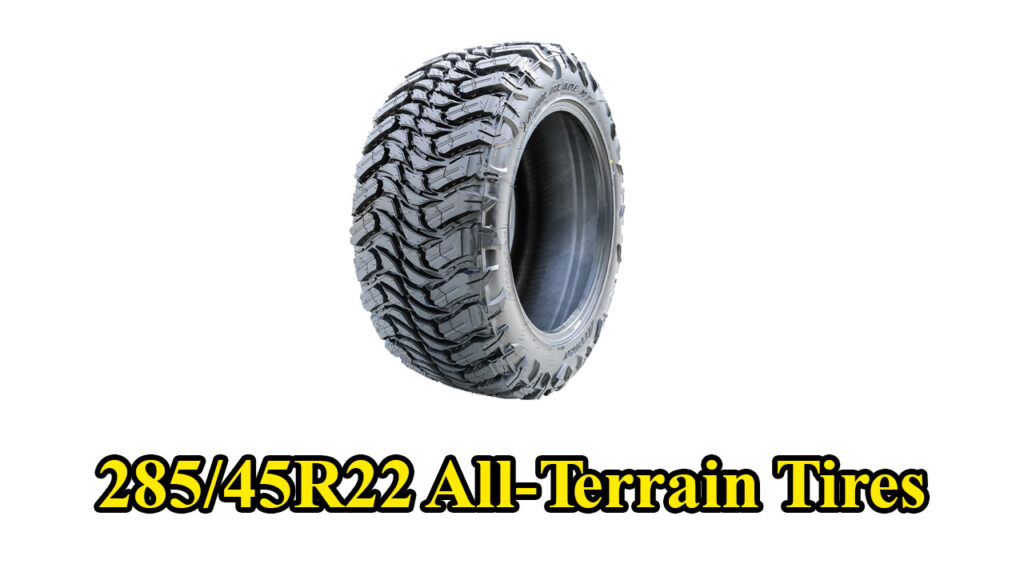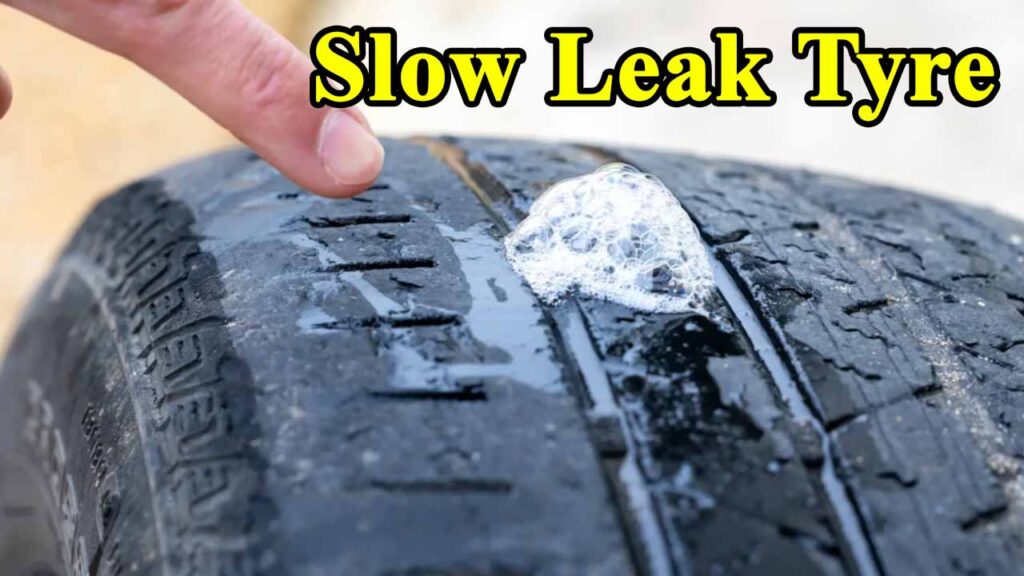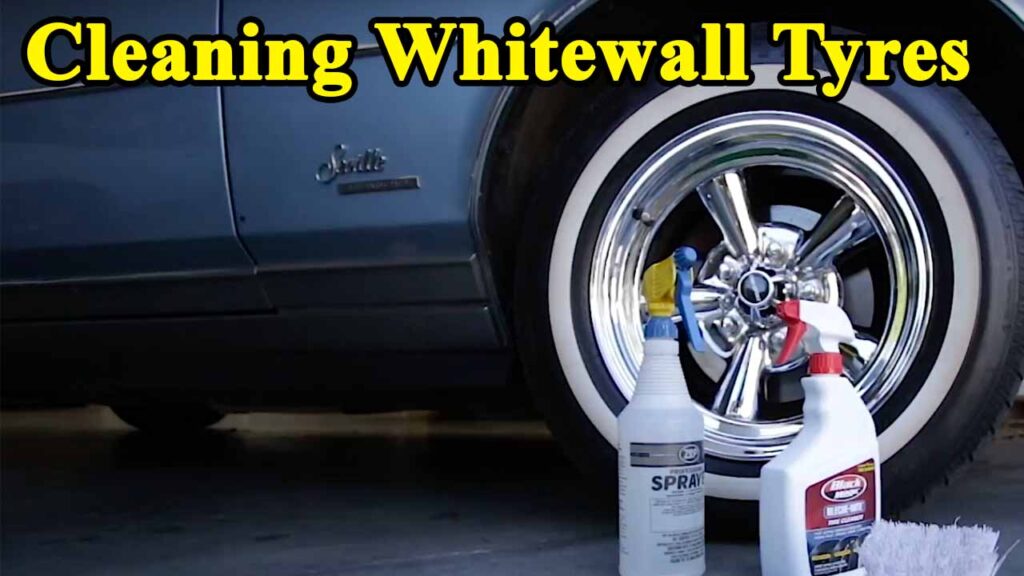Before we dive deep into the world of all-terrain performance, let’s break down what those numbers and letters actually mean. It’s like deciphering a secret code that tells you everything you need to know about a tire’s dimensions:
- 285: This is the tire’s section width, measured in millimeters. So, 285mm wide. Think of it as how broad the tire is when viewed head-on.
- 45: This is the aspect ratio, a percentage that indicates the tire’s sidewall height relative to its width. In this case, the sidewall height is 45% of 285mm. A lower aspect ratio means a shorter, “lower profile” sidewall. For an all-terrain tire, a 45 aspect ratio on a 22-inch wheel is quite low, signaling a tire designed for larger, often luxury, SUVs and trucks where aesthetics and on-road handling are still paramount.
- R: This signifies radial construction, the most common type of tire construction today, where layers of cord run radially across the tire.
- 22: This is the diameter of the wheel (or rim) the tire is designed to fit, measured in inches. So, a 22-inch wheel.
This specific size, 285/45R22, immediately tells us we’re looking at a tire for larger, premium vehicles. It’s a size commonly found on vehicles like the Cadillac Escalade, Chevrolet Tahoe/Suburban, GMC Yukon, Ford Expedition, and Lincoln Navigator. These vehicles often come with 22-inch wheels from the factory, and owners frequently seek a tire that maintains the sophisticated look while adding genuine all-terrain capability.
Understanding Your TVS NTorq’s Stock Tyres: The OEM Perspective
The All-Terrain Advantage: More Than Just Looks
So, why would someone put an all-terrain tire on a luxury SUV that might spend most of its time on paved roads? It’s a question I hear often at local tire shops and car meets. The answer lies in the versatility and the peace of mind they offer.
All-terrain (A/T) tires are the Swiss Army knife of the tire world, engineered to strike a balance between on-road comfort and off-road prowess. Unlike dedicated mud-terrain (M/T) tires, which are aggressive and loud on pavement, or highway-terrain (H/T) tires, which excel only on smooth roads, A/T tires are designed to handle a variety of surfaces with confidence.
Here’s a breakdown of their key features and benefits:
- Aggressive Tread Pattern: This is the most noticeable difference. All-terrain tires feature larger, more open tread blocks and deeper grooves compared to standard highway tires. This design provides enhanced grip on loose surfaces like gravel, dirt, and light mud, and helps with traction in snow.
- Reinforced Sidewalls: Many quality all-terrain tires boast stronger sidewalls. This is crucial for resisting punctures and abrasions when traversing rocky trails or encountering road debris. It also contributes to higher load-carrying capacity, essential for the heavy vehicles that typically use 285/45R22 tires.
- All-Season/All-Weather Capability: A significant number of modern all-terrain tires carry the Three-Peak Mountain Snowflake (3PMSF) symbol. This means they meet specific performance requirements for severe snow conditions, offering reliable traction even when temperatures drop. This makes them a true year-round solution for many drivers, eliminating the need for dedicated winter tires unless you live in an extremely harsh winter climate.
- Durability and Longevity: Thanks to robust construction and advanced tread compounds, many all-terrain tires offer impressive treadwear warranties, often ranging from 50,000 to 70,000 miles. This isn’t just a number; it’s a testament to the engineering that goes into making these tires last.
My friend Mark, who lives just outside of Springfield, Illinois, bought a new GMC Yukon last year. He commutes into the city daily, but his weekends are spent exploring the backroads and fishing spots along the Sangamon River. He initially had the stock highway tires, and while they were smooth on the interstate, he quickly found himself limited on the gravel roads leading to his favorite fishing holes. After I recommended a set of 285/45R22 all-terrains, he told me it was a game-changer. “It’s like the truck suddenly wanted to go off-road,” he chuckled. “And the best part is, I hardly notice any difference on my morning commute.” That’s the real-world value of a good all-terrain tire.
Leading Contenders in the 285/45R22 All-Terrain Arena
The market for 285/45R22 all-terrain tires is competitive, with several reputable brands offering excellent options. While specific models and availability can shift, some consistently receive high marks for performance and value. Here are a few prominent examples:
- Falken Wildpeak A/T3W: This tire is consistently praised for its balance of off-road capability and on-road civility. It offers excellent wet and dry traction, surprisingly low road noise for an A/T, and a long tread life. It’s often seen as a fantastic all-around performer, making it a very popular choice for daily drivers who venture off-road.
- Toyo Open Country A/T III: Toyo has a strong reputation in the truck and SUV tire segment, and the Open Country A/T III continues that legacy. It’s known for its strong off-road traction, particularly in wet and snowy conditions, while still providing a comfortable and quiet highway ride. Its aggressive appearance is also a big draw for many.
- Nitto Ridge Grappler: If you lean more towards an aggressive look and enhanced off-road performance, the Nitto Ridge Grappler is a “hybrid” all-terrain that blends features of A/T and M/T tires. It offers exceptional traction in challenging off-road situations, yet manages to maintain a respectable level of on-road comfort and quietness compared to true mud tires. This one is for those who want to make a statement both on and off the pavement.
- Goodyear Wrangler Steadfast HT: While often categorized as an H/T, some Goodyear Wrangler models, especially those with the “All-Terrain” designation and 3PMSF symbol, offer significant off-road capability. The Steadfast HT, for instance, emphasizes a smooth, quiet ride with durable construction (often incorporating Kevlar) for reliable performance across various conditions.
The Mighty Mini: A Deep Dive into the 13×5.00-6 Tire
Price and Value: What to Expect
Let’s talk about the elephant in the room: cost. Premium tires for large vehicles, especially in a 22-inch size, are an investment. For 285/45R22 all-terrain tires, you can expect a wide range of prices, generally from around $250 to over $800 per tire.
Factors influencing the price include:
- Brand Reputation: Established brands with a history of performance and innovation often command higher prices.
- Technology and Features: Tires with advanced tread compounds, reinforced sidewalls, specific winter ratings (3PMSF), or noise-reduction technologies may be more expensive.
- Treadwear Warranty: A longer mileage warranty often reflects a higher quality tire and can sometimes justify a slightly higher initial cost, as it suggests a longer lifespan.
- Retailer and Promotions: Prices can vary significantly between online retailers, large chain stores, and independent tire shops. Always check for promotions and rebates.
While the initial cost might seem high, consider the value proposition: enhanced safety, improved performance in diverse conditions, reduced risk of punctures, and a longer lifespan, all contributing to a lower cost of ownership over time. As a tire professional once told me, “You can buy cheap tires, or you can buy good tires. But you can’t buy cheap and good tires.”
Important Considerations and Personal Insights
Choosing the right tire is a personal decision, and it’s not just about what looks good. Here are some factors to consider:
- Your Driving Habits: Are you truly going off-road regularly, or is it mostly highway driving with occasional gravel? If your off-road excursions are limited to well-maintained dirt roads, a milder all-terrain or even a robust highway tire might suffice. If you’re tackling more challenging terrain, a more aggressive all-terrain is a must.
- Climate: If you live in an area with significant snow and ice, prioritizing an all-terrain tire with the 3PMSF rating is crucial for year-round safety.
- Noise and Comfort: All-terrain tires, by their nature, will generally be louder and provide a slightly firmer ride than a dedicated highway tire. However, modern advancements have significantly reduced this difference. Read reviews specifically addressing road noise for the models you’re considering.
- Load Rating and Speed Rating: Ensure the tire’s load index and speed rating are appropriate for your vehicle. For a 285/45R22, you’ll typically see load indices around 114 (meaning 2601 lbs per tire) and speed ratings like H (up to 130 mph). Always match or exceed your vehicle’s recommended ratings.
- The “Human Element”: Talk to your local tire professional. When I was looking for tires for my own truck, I visited a smaller, independent tire shop here in Illinois. The owner, a seasoned mechanic named Dave, spent 20 minutes with me just discussing my driving habits and what I really needed, not just what was most expensive. His experience with local conditions and vehicle types was invaluable. An expert opinion based on real-world experience beats an algorithm any day.
Case Study: The Suburban and the Ski Trip
A client of mine, a family from Naperville, Illinois, had a beautifully maintained Chevrolet Suburban. They loved it for family road trips, but their annual ski trip to Colorado always made them nervous due to the unpredictable mountain passes. Their stock highway tires were fine for Illinois highways, but they felt out of their depth in snow.
I recommended a set of Toyo Open Country A/T IIIs in the 285/45R22 size. They were initially hesitant about the “all-terrain” aspect, fearing a noisy ride. However, the next spring, they called me after their ski trip. “It was like driving a different vehicle,” the husband exclaimed. “The confidence we had in the snow and slush was incredible. And honestly, I barely noticed a difference in road noise on the way out there.” This isn’t an isolated incident; it perfectly illustrates how a well-chosen all-terrain tire can unlock new possibilities and significantly enhance safety and enjoyment for families who use their vehicles for diverse purposes.
The Future of All-Terrain Tires
The tire industry is constantly evolving, and all-terrain tires are no exception. We’re seeing exciting advancements:
- Smarter Compounds: Manufacturers are developing new rubber compounds that offer an even better balance of wear resistance, traction in varying temperatures, and reduced rolling resistance for improved fuel efficiency.
- Advanced Tread Designs: Computer-aided design allows for more intricate and effective tread patterns that optimize noise reduction, water evacuation, and multi-surface grip.
- Integrated Technology: The concept of “digital tires” with embedded sensors to monitor pressure, temperature, and even wear is becoming a reality, offering real-time data to drivers for enhanced safety and maintenance. Michelin’s Tweel, an airless tire concept, while not yet mainstream for passenger vehicles, shows the innovative spirit pushing boundaries.
Conclusion: The Right Tool for the Job
The 285/45R22 all-terrain tire occupies a unique and important niche in the automotive world. It’s a statement of capability and luxury, a promise that your premium SUV or truck isn’t just for carpooling and pavement. It’s for those who appreciate the finer things but aren’t afraid to get a little dust on their tires.
From navigating a muddy driveway after a spring rain in central Illinois to tackling a gravel road leading to a hidden campsite, these tires offer the confidence and performance to handle it all, without sacrificing the comfort and quietness expected from a high-end vehicle. It’s about having the freedom to choose your path, knowing your tires are up to the challenge. So, if you’re driving a vehicle that demands both refinement and robustness, consider the 285/45R22 all-terrain. It might just be the upgrade you never knew you needed.
Frequently Asked Questions (FAQ)
Q1: Will 285/45R22 all-terrain tires make my luxury SUV ride rough or noisy? A1: While all-terrain tires generally produce more road noise and a slightly firmer ride than dedicated highway tires, modern advancements have significantly reduced this. Many premium 285/45R22 all-terrain options are engineered for a quiet and comfortable highway experience, especially given the sophisticated suspension systems on the vehicles they fit.
Q2: Are 285/45R22 all-terrain tires good in snow? A2: Many modern 285/45R22 all-terrain tires carry the Three-Peak Mountain Snowflake (3PMSF) symbol, indicating they meet specific performance requirements for severe snow conditions. These tires offer significantly better traction in snow and on icy roads than standard all-season tires, making them suitable for year-round use in many winter climates.
Q3: How long do 285/45R22 all-terrain tires typically last? A3: The lifespan varies by brand and model, but many quality 285/45R22 all-terrain tires come with treadwear warranties ranging from 50,000 to 70,000 miles. Proper tire maintenance, including regular rotations and correct inflation, can significantly extend their life.
Q4: Can I really take my Cadillac Escalade or GMC Yukon off-road with these tires? A4: Yes, 285/45R22 all-terrain tires provide the necessary traction and durability for light to moderate off-road driving, such as gravel roads, dirt trails, and light mud. However, these are not dedicated rock-crawling tires. For extreme off-roading, a more aggressive mud-terrain tire and often a smaller wheel size with a larger sidewall would be more appropriate.
Q5: Are 285/45R22 all-terrain tires more expensive than other tire types? A5: Generally, yes. Due to their size, specialized construction, and advanced features that provide both on-road comfort and off-road capability, 285/45R22 all-terrain tires typically fall into the premium price range. However, their versatility and durability often provide excellent value over their lifespan.




